Julian Continues His Journey: The Search for a Life-Saving Donor

Julian Morales is a 9-year-old warrior.
He has suffered from a rare genetic disorder called Dyskeratosis Congenita (DKC) since the age of 3.
His bone marrow doesn’t work properly. Julian’s body doesn’t produce enough stem cells and as a result, his immune system is severely compromised. It also causes painful, sometimes bleeding ulcers in his mouth, which obviously affect his ability to eat…and speak.
Finding a Cure
The only cure to Julian’s life-threatening disease is a blood stem cell transplant.
In order to make that happen, his family needs to find a donor. A healthy, matching donor.
Doctors search the Be the Match registry to find donors. It’s a national registration of volunteers, each of whom has signed up to save a life by donating stem cells if they match a patient in need.
The best chance for a successful transplant is to find a donor who matches the ethnic background of the patient. There are over 20 million potential donors included on the registry.
But there are challenges when searching a donor match for each specific patient, especially if those patients are ethnically diverse.
Challenge #1
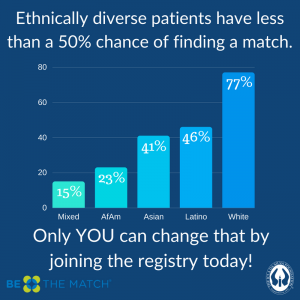 Because Julian is a mix of Mexican and Nicaraguan descent, the chance of finding a matching donor was very limited. Only 7% of potential donors on the registry identify as Hispanic or Latino. There simply aren’t enough people of Hispanic origin included on the registry.
Because Julian is a mix of Mexican and Nicaraguan descent, the chance of finding a matching donor was very limited. Only 7% of potential donors on the registry identify as Hispanic or Latino. There simply aren’t enough people of Hispanic origin included on the registry.
Finding someone who is Mexican and Nicaraguan is even less likely.
His parents became aware of this challenge very quickly.
A Simple Assumption
When you visit the doctor or go to the hospital with a disease, you assume they will be able to help you. There are expectations that a medicine will be prescribed or surgery will be performed in order to make you better. You assume they will be able to cure you.
You never expect that the life or death of your child will rely on searching for and finding a volunteer donor. You never consider that you must find someone who matches your ethnicity and is willing to donate their stem cells, so your son may survive.
The Goal
There was no match for Julian on the registry.
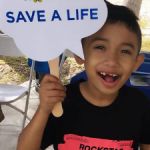 So his parents worked with us day and night to search for a matching donor. We held recruitment drives together at universities, churches, and street fairs. His parents spoke with newspapers and television stations. They met with anyone who would listen in order to spread the word.
So his parents worked with us day and night to search for a matching donor. We held recruitment drives together at universities, churches, and street fairs. His parents spoke with newspapers and television stations. They met with anyone who would listen in order to spread the word.
New Facebook and Instagram pages were started. YouTube channels were produced. All to increase awareness and add more potential donors to the registry. They had to tell his story…over and over again.
We were searching for his cure.
Challenge #2
The second challenge is not just finding a donor who matches but finding one who will say ‘yes’ when called to donate.
 In 4 years, the Icla da Silva Foundation worked with Julian’s parents to hold hundreds of recruitment drives. We added thousands of new donors to the registry on behalf of Julian.
In 4 years, the Icla da Silva Foundation worked with Julian’s parents to hold hundreds of recruitment drives. We added thousands of new donors to the registry on behalf of Julian.
In the 4th year, two matching donors were finally identified.
Unfortunately, they both said no when asked to transplant their cells. One after the other. They each said no.
Can you imagine the heartache? To work so hard, to come so close to saving the life of your little boy, only to be turned down?
So we continued the search, hoping to find that one match who would agree to a transplant.
Commitment
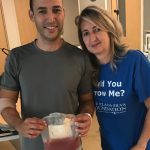 Becoming a stem cell donor does require a commitment, but it is not unsafe or painful. 79% of donations are done through a non-surgical process called PBSC. The process is similar to giving plasma. The donor receives a shot of a drug called filgrastim every day for 5 days. This increases marrow production in the body. On the day of your donation, you visit a hospital or clinic for the PBSC procedure. They take blood from your arm, separate the stem cells, and return the blood to your body through the other arm. It usually takes about 4 hours.
Becoming a stem cell donor does require a commitment, but it is not unsafe or painful. 79% of donations are done through a non-surgical process called PBSC. The process is similar to giving plasma. The donor receives a shot of a drug called filgrastim every day for 5 days. This increases marrow production in the body. On the day of your donation, you visit a hospital or clinic for the PBSC procedure. They take blood from your arm, separate the stem cells, and return the blood to your body through the other arm. It usually takes about 4 hours.
In the amount of time between breakfast and lunch, while sitting in a clinic and watching TV, or talking on the phone and having a snack, you may save the life of another person.
A Match Was Found
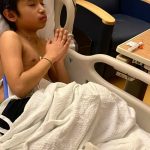 Finally, a matching donor was found, followed by much joy and relief. Julian and his family were grateful and happy to travel to Cincinnati Children’s Hospital to prepare for the transplant.
Finally, a matching donor was found, followed by much joy and relief. Julian and his family were grateful and happy to travel to Cincinnati Children’s Hospital to prepare for the transplant.
His little body had already been through so much, but it was only just the beginning.
So much testing, prepping, prodding, and chemo in the days leading up to his transplant. This was in July, so the testing included repeated COVID testing. Then finally infusion, and waiting for the cells to engraft…all during a global pandemic, while protests and social unrest happened throughout the country.
His parents published a video diary of those first few days which is highlighted here.
But the transplant wasn’t successful. Julian’s body fought the new cells.
2nd Transplant
 The doctors recommended a haploidentical (haplo) transplant. A haplo is a half-matched stem cell transplant from a family member. A biological parent or child is always a half match to the other, based on genetics.
The doctors recommended a haploidentical (haplo) transplant. A haplo is a half-matched stem cell transplant from a family member. A biological parent or child is always a half match to the other, based on genetics.
Since haplo matches aren’t 100% compatible, it comes with more risk.
They tested and chose Daddy as the best candidate.
Unfortunately, once again, Julian’s immune system fought off his daddy’s new cells.
3rd Transplant
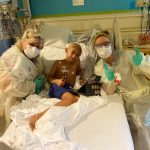 Refusing to give up, the small warrior and his parents agreed to try another transplant. More testing, more chemo, a third month in the hospital…and a third transplant, this time from Mommy.
Refusing to give up, the small warrior and his parents agreed to try another transplant. More testing, more chemo, a third month in the hospital…and a third transplant, this time from Mommy.
For the third time in a row, the transplant didn’t work. Julian’s body fought off the cells.
Now What?
We begin again. Three transplants in three months and we will start the process all over again. We will continue to fight to save Julian’s life! We will continue the search for a compatible life-saving donor.
Small Goals
The warrior is waiting. His warrior parents are waiting. Waiting and worried, but they carry on. They’ve been fighting this battle for more than 6 years. Until then, the family takes it one day at a time.
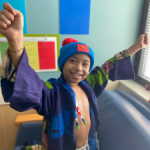 Julian’s most recent goal was to eliminate some of the many lines that attach his body to machines. Most recently, his TPN line (the feeding line that bypasses the gastrointestinal tract) and his PCA line (the line that helps him control his pain) were removed.
Julian’s most recent goal was to eliminate some of the many lines that attach his body to machines. Most recently, his TPN line (the feeding line that bypasses the gastrointestinal tract) and his PCA line (the line that helps him control his pain) were removed.
His goal is to prepare for Halloween. He wants to be able to wear a costume.
But he won’t tell anyone what he will be…it’s a surprise…and we can’t wait to see him smiling in it!
We wish you a happy Halloween Julian. We’re here for you. Keep smiling.
Become a potential blood stem cell donor. Include yourself on the national registry. Do it for Julian.
written by: Bret Itskowitch
GMA / 7-Year-Old With Rare Disease Needs Donor of Mixed Race to Save His Life“It’s like a miracle that Asaya is still alive because the doctors only gave him two years to live,” his mother, Charline Bullock, told “Good Morning America.” “He was sick a lot and as [his] parents, we didn’t know what was wrong with him.” -Charlene Bullock (Asaya’s Mom)
Read the Story from Good Morning America.
Parkchester Child Fights for a Chance at Survival / Bronx TimesA Bronx child needs your help fighting a rare autoimmune disease.
The only way to increase the chances of finding a match is to get more people to join the registry.
https://www.bxtimes.com/stories/2019/14/14-asaya-2019-04-05-bx.html
PATIENT UPDATE: JULIAN MORALES
Please read an update about our patient, Julian Morales as reported by NBC Miami here.
You could be his match, register to become a bone marrow donor for Julian at https://icla.org/join/SaveJulian
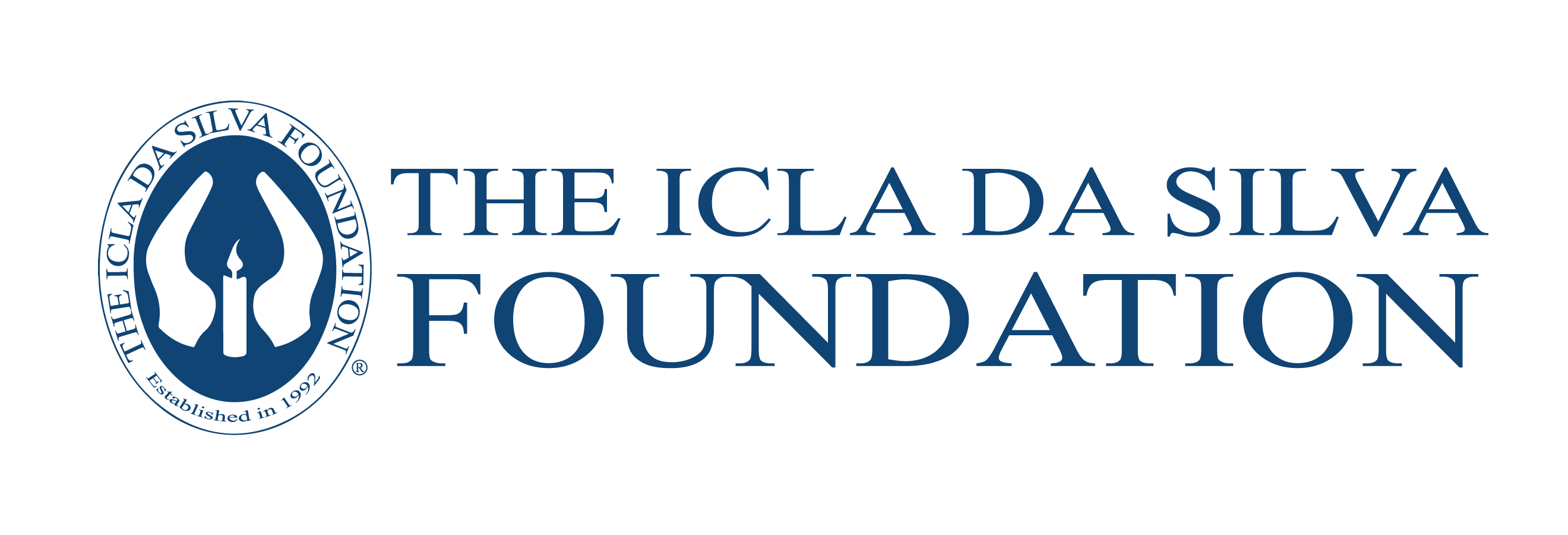
 English
English Spanish
Spanish Portuguese
Portuguese